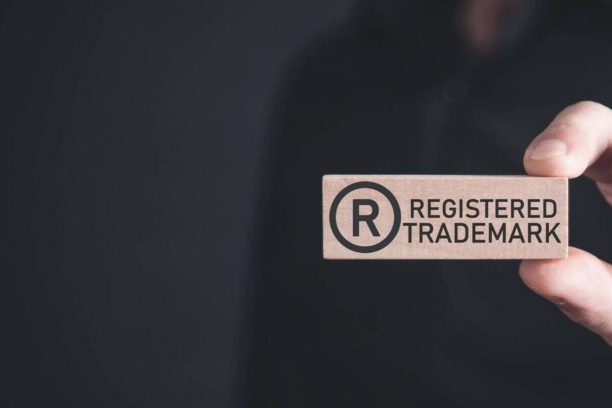In today’s competitive business landscape, establishing a recognizable and protected brand is vital. One crucial element of this process involves understanding and selecting the correct trademark classes under the globally recognized Nice Classification system. This system categorizes goods and services into 45 classes—34 for goods and 11 for services—helping businesses define the scope of their trademark protection.
In this article, we’ll explore what trademark classes are, why they matter, and how to choose the right ones to safeguard your brand.
What Is a Trademark Class?
Despite the name, a trademark class isn’t a course but a categorization system that groups similar goods or services. Each trademark class defines a specific category, making it easier for businesses and legal authorities to identify the types of goods or services a trademark protects.
For example:
- Class 25 covers clothing, footwear, and headgear.
- Class 3 applies to cosmetics and cleaning products.
- Class 43 includes food and beverage services like restaurants and catering.
Choosing the right trademark class ensures your brand is protected in the appropriate market segment.
Why Do Trademark Classes Matter?
Trademark classes play a pivotal role in defining the scope of your trademark protection. Here’s why they’re essential:
- Tailored Protection: By registering in a specific class, you limit protection to the relevant goods or services. This specificity prevents legal disputes over unrelated industries.
- Preventing Infringement: If another business tries to use a similar trademark within your class, you can take legal action to protect your brand.
- Efficient Organization: The Nice Classification system provides clarity and consistency across jurisdictions, facilitating international trademark registration.
How to Choose the Right Trademark Class
Step 1: Identify Your Business Offerings
Start by listing the goods or services your brand provides. Match them to their corresponding classes using the Nice Classification system.
Step 2: Consider Future Expansion
Think about potential business growth. If you plan to diversify your offerings, register in multiple classes to cover all aspects of your brand.
Step 3: Consult a Trademark Attorney
Selecting the correct class can be complex. A trademark attorney can guide you through the process, ensuring your registration is comprehensive and accurate.
Can You Register in Multiple Classes?
Yes! If your business spans multiple categories, you can register in multiple trademark classes. For instance:
A company selling beauty products and offering beauty salon services would register in both Class 3 (products) and Class 44 (services).
Registering in all relevant classes ensures your brand is fully protected across its entire scope of operations.
Monitoring Your Trademark Class
Trademark protection doesn’t end with registration. Regularly monitoring your trademark class is crucial to identify potential infringements. A trademark attorney can assist by:
- Conducting periodic checks for similar trademarks in your class.
- Taking swift legal action against infringers to maintain your brand’s integrity.
When to Consult a Trademark Attorney
Trademark registration involves nuanced legal procedures. Here’s when consulting an attorney is essential:
- Class Selection: To ensure your registration covers all applicable goods or services.
- Trademark Searches: To verify your chosen trademark isn’t already registered.
- Infringement Monitoring: To watch for and act against potential trademark violations.
Trademark classes are a cornerstone of effective brand protection. By understanding and leveraging the Nice Classification system, you can safeguard your brand in the relevant market segments. Remember, choosing the wrong class can leave your brand vulnerable, so don’t hesitate to consult a trademark attorney for expert guidance.

